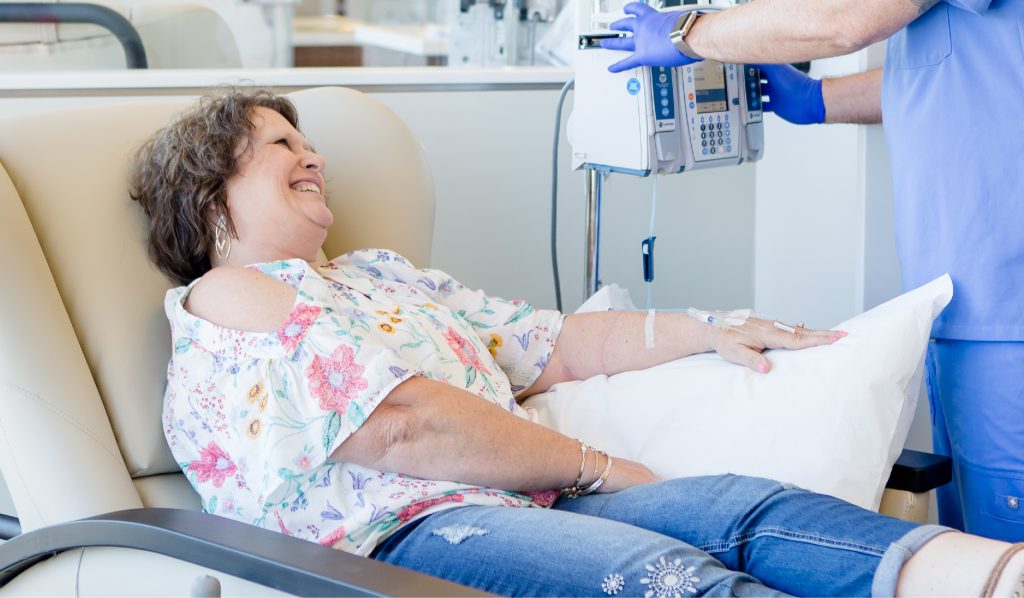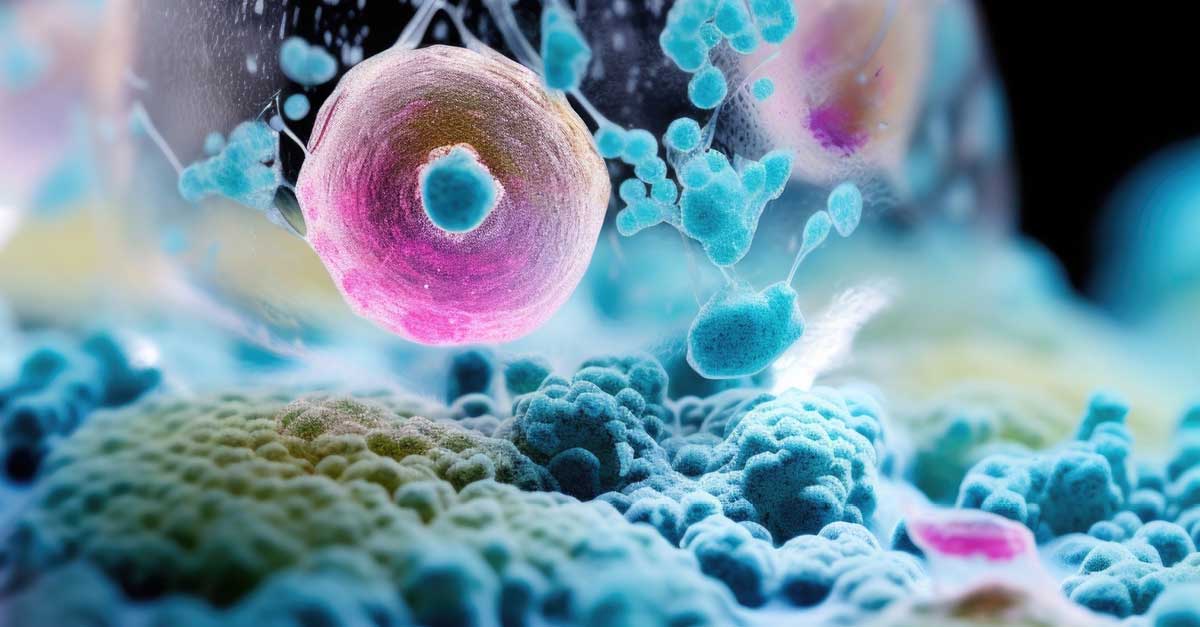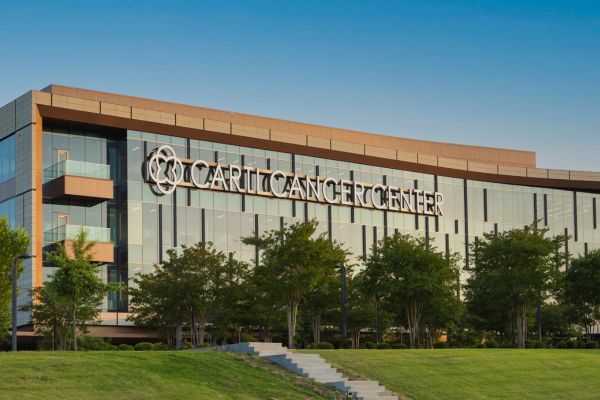Blood Cancer Awareness Month: Know the Risk Factors of Blood Cancer

As the third leading cause of cancer deaths in the United States, new blood cancer cases will account for 10.2% of all new cancer cases this year.
In honor of September being Blood Cancer Awareness Month, we’re sharing the unique risk factors for the three main types of blood cancers – leukemia, lymphoma and myeloma. While some risk factors, such as family history or gender, may not be within your control, others, like smoking, may be habits you have the ability to change to help lower your risk.
Leukemia
- Smoking – Those who smoke are at a greater risk of developing acute myeloid leukemia (AML) than those who do not smoke.
- Exposure to Certain Chemicals – Being exposed to certain chemicals has been linked with some types of leukemia.
- Past Chemotherapy Treatments – Patients with a previous cancer diagnosis that was treated with certain chemotherapy drugs are at an increased risk of developing AML or acute lymphocytic leukemia (ALL). While there is a small risk, it is still recommended that patients undergo treatment for the original cancer.
- Radiation Exposure – High doses of radiation raise a person’s risk for AML, ALL and chronic myeloid leukemia (CML). Exposure of this level usually comes from being in close proximity to an atomic bomb blast or a nuclear reactor accident.
- Rare Congenital Diseases – A small number of people are at greater risk for AML and ALL because they have certain rare diseases from the time they are born. For example, people with Down syndrome, ataxia-telangiectasia and Bloom syndrome have an increased risk of getting acute leukemias.
- Certain Blood Disorders – People who have certain blood diseases are more likely to get AML. These diseases include myelodysplastic syndromes.
- Family History – Most people who get leukemia do not have a family history of it, but people with relatives who have AML or CLL may be at increased risk.
- Age – Most types of leukemia become more common as people age. ALL is more common in children than in adults.
- Gender – Slightly more common in males than in females.
Lymphoma
- Risk factors for Hodgkin lymphoma:
- Age – Occurs most often in people in their 20s or after age 55.
- Gender – More common in males than in females.
- Family History – If you have a brother or sister – specifically an identical twin – with Hodgkin lymphoma, you are at higher risk.
- Where You Live – Hodgkin lymphoma is most common in the U.S., Canada and Europe.
- Epstein-Barr Virus (EBV) Infection – EBV is the virus that causes mononucleosis, most commonly known as mono. People who have been infected with EBV may have a slightly higher risk of Hodgkin lymphoma.
- HIV Infection – Those infected with HIV, the virus that causes AIDS, are at a greater risk for developing Hodgkin lymphoma.
- Risk factors for non-Hodgkin lymphoma:
- Age – Occurs most often in people in their 20s or after age 55.
- Gender – More common in males than in females.
- Epstein-Barr Virus (EBV) Infection – EBV is the virus that causes mononucleosis, most commonly known as mono. People who have been infected with EBV may have a slightly higher risk of Hodgkin lymphoma.
- Other Infections – If a person has been infectedwith other viruses and bacteria, including hepatitis C virus, the HTLV-1 virus and a type of bacteria known as H. pylori (Helicobacter pylori) – their risk may be elevated.
- Weakened Immune System – This can include having been infected with certain infections, having had an organ transplant or taking certain medications that suppress the immune system.
- Past Cancer Treatment – Previously being treated with certain types of chemotherapy or radiation therapy can slightly increase the risk for non-Hodgkin lymphoma.
- Autoimmune Disorders – Diseases such as rheumatoid arthritis, Sjogren syndrome and celiac disease increase your risk.
- Certain Chemicals – Working with certain chemicals, such as benzene, insecticides and some herbicides.
Myeloma
- Older Age – Most people who have this cancer are diagnosed over age 65, and it is very rarely seen before the age of 35.
- Race and Ethnicity – African-Americans have more than twice the risk as white Americans.
- Gender – Men have a slightly higher risk than women.
- Family History – People with a family history of multiple myeloma have an increased risk.
- Having a Solitary Plasmacytoma – People who have had a single plasma cell tumor are more likely to get the cancer at some point.
- Having Monoclonal Gammopathy of Undetermined Significance (MGUS) – In this condition, abnormal plasma cells make too much of a specific antibody (M protein). This can be found in your blood, but these do not cause symptoms like they do in myeloma. Still, people with MGUS are more likely to develop multiple myeloma.
- Exposure to Radiation or Certain Chemicals – People exposed to high levels of radiation seem to have a higher risk. Being exposed to certain chemicals, such as benzene and some pesticides, might also raise your risk.
- Excess Body Weight – Some research suggests that multiple myeloma might be more common in people who are overweight or obese.
CARTI’s team of medical oncologists treat all forms of adult blood cancers. For more on this specialty, click here.
If you have a family history of any of the above blood cancers, or any other cancers, and would like to learn if you have a genetic predisposition for developing cancer, please contact our Cancer Genetics and Risk Management Clinic. Our team of multidisciplinary specialists provide patients with genetic testing, counseling, monitoring and screenings.





